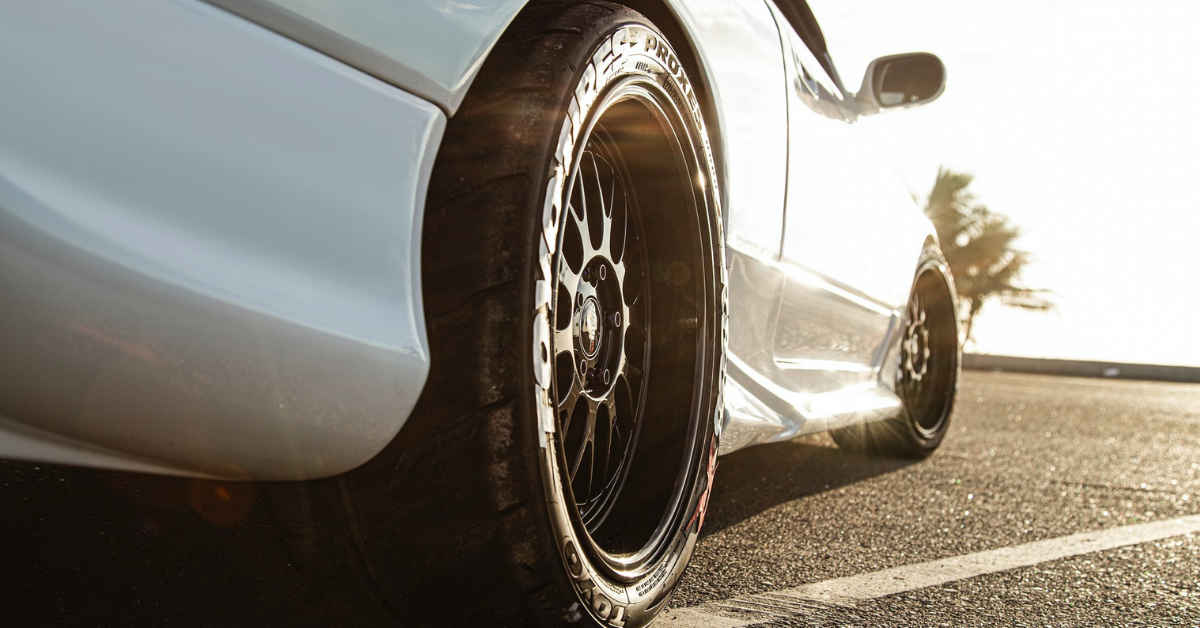Important Things to Know about Car Batteries
A car battery serves as a driving force for any car. The power generated by the car battery is essential to kick-start the car engine. Apart from that, the car engine also handles several duties like powering lights, players, car radio and much more.
This is one of the reasons why the battery is so essential for any automobile. Batteries are known as lifelines of the automobile industry. It’s essential for the governance of the electrical systems present within a car. This is why car lovers call it the heart and soul of the car.
A good car battery offers a great set of advantages to any car driver. However, cars face extreme difficulties when they are not running as they should. A bad car battery has a lot of disadvantages and makes the car suffer in the long run.
The last thing one can never think of is of being left in the middle of nowhere with nothing but a dead car battery. This is one of the situations where one would not even be able to get an easy car battery replacement. This is why it’s essential to have crucial information about your car batteries. The better a person knows, the better the chances he/she is not stuck with a dead or a bad car battery under unlikely conditions.
To ensure that you do not end up with a dead car battery, here are some important things to know about your car battery.
The lifespan of car batteries
The average lifespan of a car battery lasts for about 3 to 5 years. The durability of a car battery depends on several factors like battery load, car usage profile, weather conditions, battery quality, chemicals used and more.
Car batteries should be regularly checked once they hit the 3-year mark. It acts as a great precautionary measure for getting the car battery replacement done at the right time.
Additionally, a variety of car operation habits also affect the battery life of a car. One can easily prolong the endurance of the car battery by taking care of several bad habits like putting excessive strain on car batteries, exposing the car to extreme weather for long periods and more.
How a car battery works
Car batteries have very sophisticated working. They are made up of several chemicals and corresponding materials. A hard plastic battery cover typically houses the chemical liquid, connectors and lead rods.
The car starter ignites the striking required to get the car battery working. When the spark reaches the battery cell, a variety of chemical reactions occur inside the car battery.
The chemical reactions, in turn, produce the necessary power and deliver it across the car through cables. The power coming from the cables helps in keeping lights, displays and other accessories powered whenever needed.
Once the car engine is up and running, the car battery starts acting as a power regulator for electric boards. The regulator prevents any kind of electric current leakage on the car’s electric board. This also helps in starting the car whenever needed.
Signs of degrading car battery
There are several ways to detect a bad car battery. These signs help anyone in getting car battery replacement services at the right time.
- Indicator check:
This is one of the easiest ways to check the status of a car battery.
The engine light on the car dashboard easily lets anyone detect the health of the car battery. This attentive sign shows that the car user is up to replace the car battery in the due time.
Low coolant symbols located on the car dashboard may also signal the deteriorating car battery health sometimes.
- Foul smell:
This is yet another approach to easily detect a bad car battery.
Here the signs are shown by the release of a foul egg-like smell from the car battery. This usually happens when the sulphur inside the coating of the car battery wears out and starts leaking.
The battery leak ensures that the battery has run its course. This is further indicated by the corrosion of battery cable connections and deposition of dust and garbage on the contact points. Leaks and corrosions serve as an evident sign to get a car battery replacement.
- Disturbed casing:
This type of sign happens less occasionally.
When the chemical reactions occur inside the car battery, they erode the inner layers of the outer coverings. Excessive erosion leads the outer coverings to swell out. Swelling usually occurs when the chemical reactions occur at high-temperature levels.
- Slower Engine:
Engine performance is highly deteriorated by a weak car battery. This is usually noticed when the engine is slower to crank and behaves sluggishly. Another symptom is weird roaring sounds that come from the engine when it is cranking.
- Fluid levels:
A car comprises of several fluids. These fluids assist the car in operating smoothly. They are stored in a translucent casing. This helps anyone regularly keep a check on the fluid levels. A lot of components depends on the fluid levels for their performance. The fluid levels can be improved by the addition of fluids on a regular basis.
However, this is untrue in the case of most car batteries. Hence, if one finds the fluid levels in the car batteries to be lower than usual, he needs to have the battery inspected. The drop in fluid levels is usually caused by heat or overcharging the car battery.
Disposal of car batteries
Car batteries have toxicity due to their chemical nature. Hence, it must not be disposed of like the usual waste. Its disposal needs great care.
While the car battery replacement service providers usually take care of this, one needs to look right mediums to safely dispose of a dead battery upon self-service. This ensures that you don’t end up damaging the environment or the animals in and around it. Several companies and governments also offer safety guides for their disposal.
This article was submitted by Swift Battery Specialist. Swift battery specialist offers a variety of car battery services in Singapore. They offer 24hrs car battery repair and replacement services across Singapore.
People also liked: HOW DO CAR SUBSCRIPTIONS HELP YOU SAVE MONEY A QUICK GUIDE TO CAR BATTERY REPLACEMENT SHOULD YOU SUBSCRIBE, LEASE OR RENT A CAR?




